Alexander Petroff (1794-1867) is often remembered as the first great Russian chess master. He became the strongest player in Russia at the age of 15 and produced the first chess book in Russian. His main legacy, however, is the Petroff Defence (1 e4 e5 2 Nf3 Nf6), an opening which has been seen consistently at the highest level ever since he invented it.
A new book, The Petroff Move by Move (Everyman Chess) by Cyrus Lakdawala, explores this opening in great detail. Due to the potentially symmetrical nature of the positions that can arise, the Petroff has an undeserved reputation as an unadventurous opening. The following dramatic encounter shows that this is far from the truth.
Caruana-Wang Hao: Bucharest 2013; Petroff
1 e4 e5 2 Nf3 Nf6 3 Nxe5 d6 4 Nf3 Nxe4 5 Nc3 Nxc3 6 dxc3 Be7 7 Be3 0-0 8 Qd2 b6 9 0-0-0 Bb7 10 Nd4 Nc6 11 Nf5 Bf6 12 Ng3 Ne7 13 Nh5 Nf5 14 Bf4 Be5 15 h4 A typical advance of the kingside pawns in the Petroff. 15 … g6 16 Bd3 gxh5 A radical move. Black was obviously nervous about the line 16 … Ng7 17 Nxg7 Bxg7 18 Rh2 and White’s attack looks ominous. 17 Bxf5 Qf6 18 Bxe5 dxe5 19 Bd3 Kg7 20 Qe2 e4 Wang Hao activates his kingside pawn majority via a little tactical trick. 21 Bc4 Not 21 Bxe4 which hangs a piece to 21 … Qf4+. 21 … Qh6+ 22 Kb1 Rad8 23 a3 f5 Black’s main trump in this position is that his majority can still produce a kingside passed pawn, while White’s crippled majority on the other side effectively makes him down a pawn. Of course, White’s promising attacking chances against Black’s aired-out king make up for this factor. 24 Bb3 Kg6 25 Rh3 f4 26 Rxd8 Rxd8 (see diagram 1) 27 g4 This is a serious slip. The computer finds the shocking 27 Rd3!! when one line is 27 … Qf8 28 Bf7+!! (overloaded defender/deflection) 28 … Kg7 (28 … Kxf7?? 29 Qxh5+ Ke6 30 Qg4+ Ke7 31 Qg5+ and White wins) 29 Rxd8 Qxd8 30 Qxh5 and White is close to winning. 27 … c5 28 Rh1 f3 29 Qc4 Instead, 29 gxh5+! Qxh5 30 Qe3 Kf6 31 Qf4+ Qf5 32 Qc7 Rd7 33 Qb8 looks better for White. 29 … Bd5 30 Qa4 Bxb3 31 cxb3 Qf4 32 Re1 hxg4 33 Rxe4 Qf5 34 Ka2 Kh5 35 Re1 h6 36 Qxa7 g3 (see diagram 2) 37 fxg3 Now Black’s f-pawn becomes too strong. After 37 Qe7 and the game is even, e.g., 37 … gxf2 38 Re5 Qxe5 39 Qxe5+ Kg4 40 Qe4+ Kg3 41 Qg6+ Kh2 42 Qc2 Kg1 43 Qg6+, and the game should end in a draw. 37 … f2 38 Rf1 Kg4 Now the king helps the promotion of the pawn. 39 Qg7+ Kf3 40 g4 Qf4 41 Qb7+ Ke2 42 Rb1 Rd3 43 Qg2 Rd1 44 Rxd1 Kxd1 45 Qf1+ Kd2 The f-pawn will promote and White lacks a perpetual check mechanism. 46 g5 hxg5 47 hxg5 Qg3 48 Qb5 Qd3 White resigns
The British Championship is in progress in Warwick with last year’s joint winners, David Howell and Jonathan Hawkins, both in attendance. The Winning Move features a fine finish by Howell from earlier in his career.
Got something to add? Join the discussion and comment below.
Get 10 issues for just $10
Subscribe to The Spectator Australia today for the next 10 magazine issues, plus full online access, for just $10.
You might disagree with half of it, but you’ll enjoy reading all of it. Try your first month for free, then just $2 a week for the remainder of your first year.

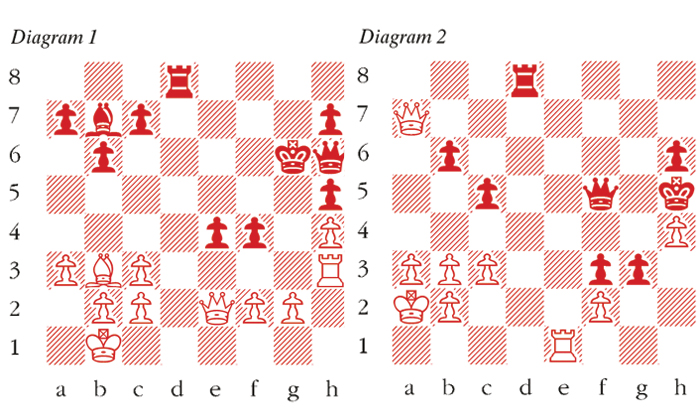
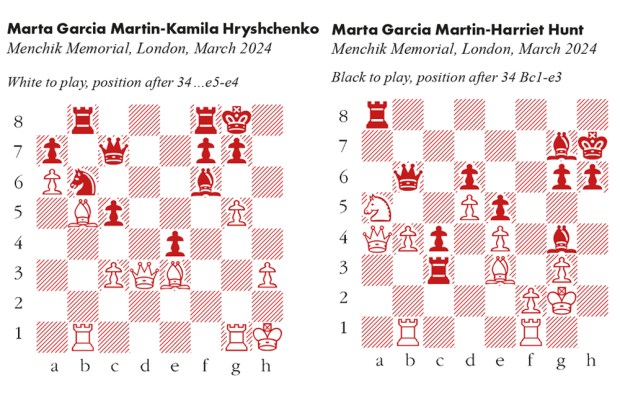

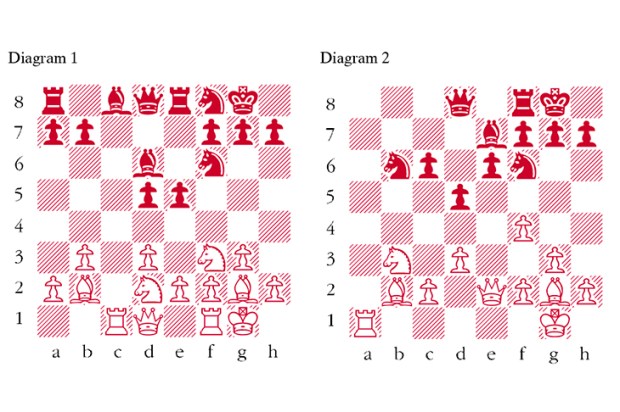
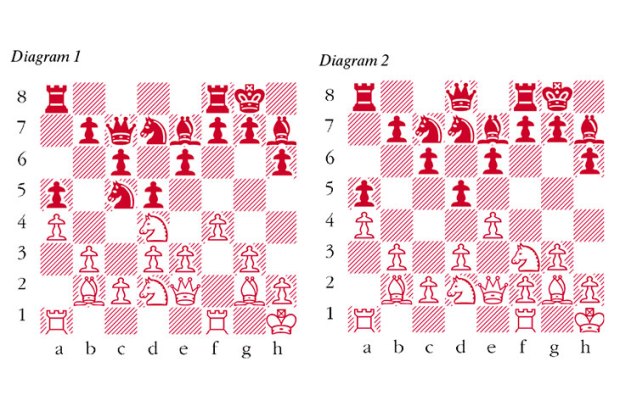
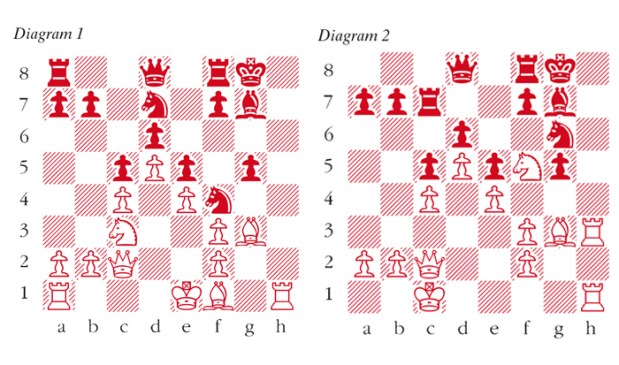
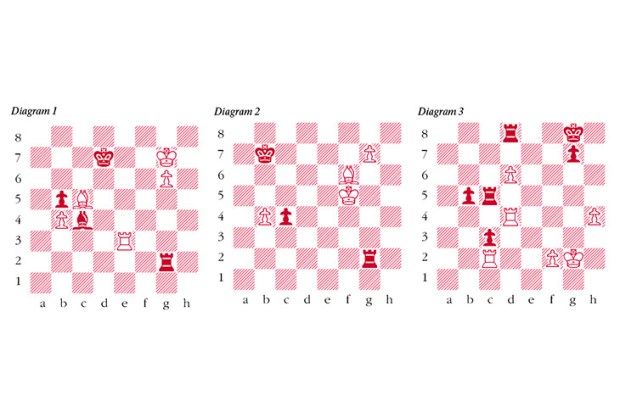






Comments
Don't miss out
Join the conversation with other Spectator Australia readers. Subscribe to leave a comment.
SUBSCRIBEAlready a subscriber? Log in